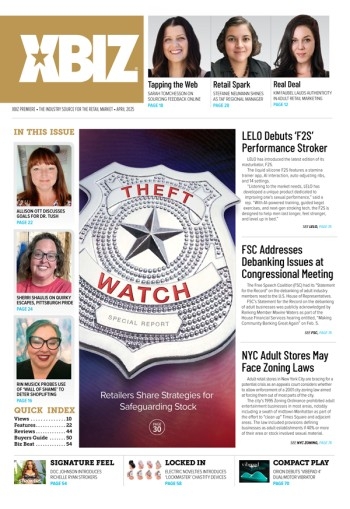One of the things I notice most when researching my competitor's TGPs or Free sites (which is always a good thing to do both for getting new ideas and for keeping abreast of current trends in those areas) is that their content isn't well delineated. Why is this important? Let me show you:
Here's a basic example of a site -
SITE HEADERAd Banner or twoContent Area More AdsSITE FOOTER |
Now that's all well and good, but one thing I've found is that visitors can easily get confused by what is what when all of the main elements are thrown together in one box. How does your visitor know which areas are just text about the site, and which areas are clickable elements?
Don't assume that your site's visitors are smart - they're not stupid, but a lot may have not used the Internet much, and have only begun surfing a day or two before they discovered how to tap into the wealth of porn available. As a result, many are still not sure what to click on, or how things work. Any helpful visual clues you give them will only help you with your sales. Why not spell it out for them? Here is the same page with content delineation i.e. with the different content areas separated - in this case, by color:
SITE HEADER |
Ad Banner or two |
|
|
More Ads |
SITE FOOTER |
Even a basic change of color like this quickly shows the visitor that each area holds something different. Why is this important? The main reason is that visitors often scan a page before reading it fully. Using different colors, they can easily distinguish each part of the page from the other, and the change in color will draw their eyes to different parts of the page.
There is also a little psychological game you can play with them - If you make each color represent a different theme and keep it consistent throughout your site, i.e. blue for your free content, then people will "learn" what each color means - it doesn't take long for them to pick up the pattern if you're consistent...
Why is this useful? Well, every now and then you can throw a paysite link in a 'free content' colored box, and they will be more likely to click on it, because you've trained them to think that this is a free content area! Obviously you don't want to do this too often, but for those of you who work with blind links, this works a treat because they are used to that particular color being ssociated with freebies - throw a blind link in here and there and they will more than likely click because they've come to expect free content from boxes with that color.
Another useful trick I've found with this sort of color delineation is that you can put an "Advertorial" in a News delineated box. I research lots of Bizarre News and similar things, and by using that color when I make a text-rich Advertorial for a video or a unique paysite, I use this color because they are used to it being a news item, and aren't expecting an upsell at the end.
The same principle works for more complicated layouts. Here's an example of a layout with several different areas that you might want to promote:
SITE HEADER |
Ad Banner or two |
| Content Area |
TEXT LINKS • Link 1 • Link 2 |
|
GET YOUR FREE STUFF HERE |
| More Content Area |
BUTTON LINKS • Link 1 • Link 2 |
More Ads |
SITE FOOTER |
It's really quite a simple concept, but this basic use of color not only draws the eye to different parts of the page, but makes each separate section stand out, rather than everything merging into one big, long page. Other simple ways of separating content (and simultaneously making yourself more Search Engine friendly) are:
• Use a mixture of H1, H2, H3 and Paragraph Tags to help draw the eye to Topic Headlines
• Use Bullets for making a point and setting out the benefits of your product
• Spell out what the surfer is going to get, even when using a simple 468 * 60 banner e.g.
|
SLUTTY TEENS WAITING FOR YOU HARD COCK - CONSOLE FREE PORN SITE AND ONLY $1.95 FOR A 3 DAY TRIAL -
CLICK HERE TO FUCK THESE CUTE TEENS NOW |
How much clearer is that than a banner placed on the page by itself? Plus of course you get indexable keywords that Search Engines will love you for and text that tells the surfer more about the product! I use this on my TGP submissions and haven't been rejected yet for using this format for my sponsor banners.
These are just some basic ideas for separating content areas to make your visitors life easier and encourage them to click what you want them to click. With a bit of thought you can easily increase your clickthrough rates without too much effort.






